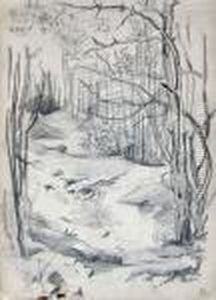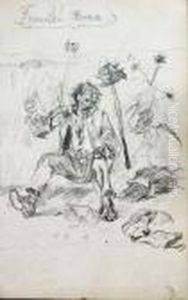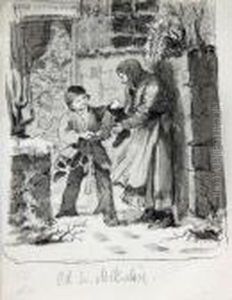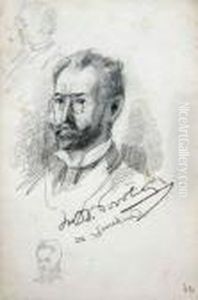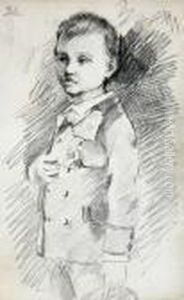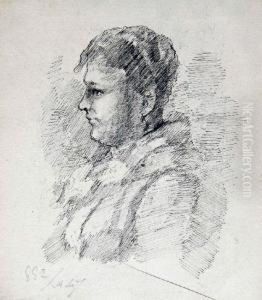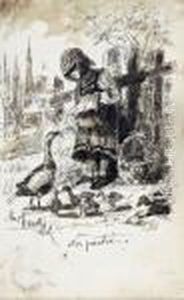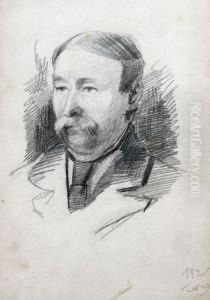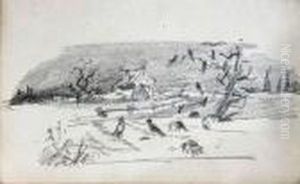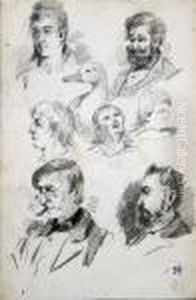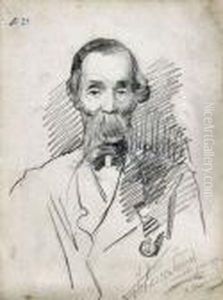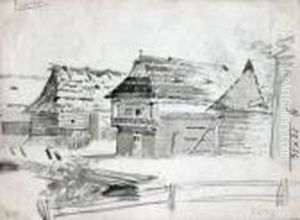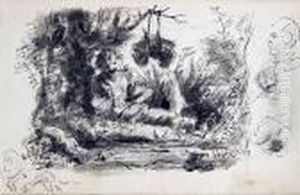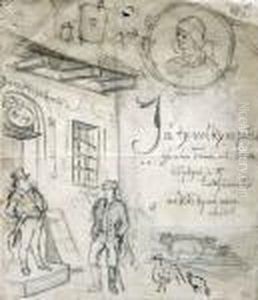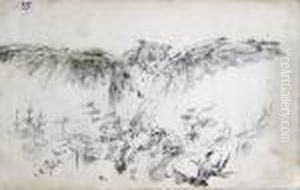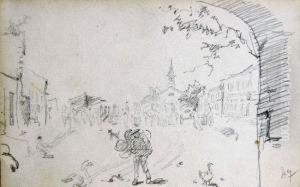Iaroslav Veshin Paintings
Iaroslav Veshin, born in 1860 in Russia, was a painter whose artistic journey crossed various cultural boundaries during his lifetime. Veshin's early life was marked by his immersion in the rich cultural heritage of Russia, where he initially developed his artistic skills. He was influenced by the Russian realist tradition, which was prevalent during the late 19th century.
After honing his skills in Russia, Veshin's quest for artistic growth led him to move to the United States. In America, he continued to evolve as an artist, exploring different styles and subjects. Veshin's work began to gain recognition, and he became known for his landscapes and genre paintings, which often reflected a fusion of his Russian roots and his experiences in the American art scene.
One of the notable aspects of Veshin's career was his move to Hawaii in the early 20th century. The islands' vibrant landscapes and unique cultural milieu provided fresh inspiration for his work. In Hawaii, Veshin painted a variety of subjects, including local Hawaiian scenes, people, and the lush natural environment. His Hawaiian period is particularly celebrated for its contribution to the visual representation of Hawaii's culture and natural beauty during that era.
Veshin's artistic legacy is that of a bridge between different cultures and artistic traditions. His work not only reflects the Russian realist influence but also incorporates elements of American and Hawaiian aesthetics, making him a unique figure in the world of art. Iaroslav Veshin passed away in 1938, leaving behind a body of work that continues to be appreciated for its historical and cultural significance.

